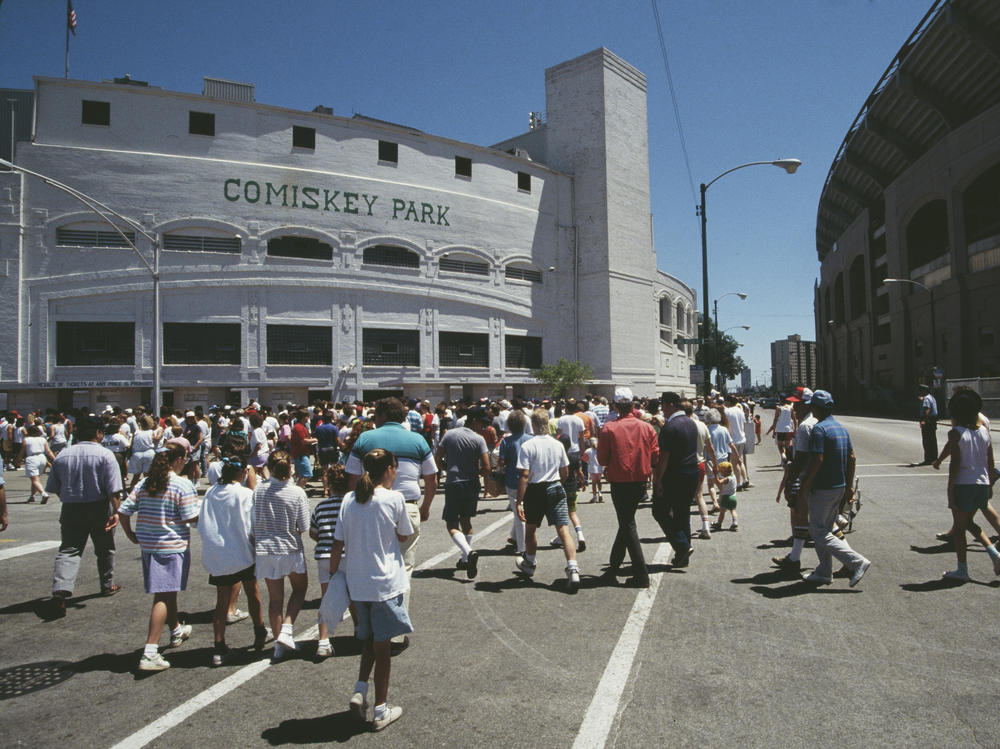Section Branding
Header Content
Opinion: Corporate ballpark names just don't have that special ring
Primary Content
Ballpark names aren't what they used to be. And I mean that — to use an overworked word of our times — literally.
Oracle Park in San Francisco used to be Pac-Bell, after it was SBC, after it was AT&T Park. U.S. Cellular Field in Chicago, which some of us might think of as, "the new Comiskey Park", is now Guaranteed Rate Field. Does anyone ever say, "Gosh, they got great dogs at Guaranteed Rate Field!" T-Mobile Park in Seattle is the new name for Safeco Field. Progressive Field in Cleveland has nothing to do with Bernie Sanders — it's the name of an insurance company, on the stadium that used to be Jacobs Field.
The Houston Astros play in Minute Maid Park. It was Enron Field when the park opened in 2000, but in 2001, the oil company went bankrupt in a sensational accounting scandal. The Astros had to sue to get the Enron name off of their ballpark, but won their division. They had a better year than Enron.
Fans like me might be pointlessly sentimental when it comes to stadium names, but they used to be personal, not corporate. They were named after people, sometimes the owners: Comiskey and Wrigley in Chicago, Crosley in Cincinnati, and Griffith in Washington, D.C. Ebbets Field in Brooklyn was named for a man who used to be a ticket taker, but would come to own the Dodgers. Some other names came from the stadiums' locations: Fenway, a neighborhood in Boston, or Candlestick, for a tip of land that juts into San Francisco Bay.
And of course what name invokes more fame and grandeur than Yankee Stadium?
The change came when teams realized they could sell companies the rights to put their corporate monikers on their ballparks, and turn the whole thing into a billboard. But naming rights may not be as extravagant an expenditure as you think.
It costs JPMorgan Chase and Co. $3.3 million a year to put their bank name on the Phoenix ballpark. It costs Petco $2.7 million a year to put their pet supply company name on San Diego's ballpark, and the Guaranteed Rate Mortgage Company pays just over $2 million a year to have their name on the stadium where the White Sox play.
I don't want to characterize any of those fees as chump change. But the average salary of a major league ballplayer today is higher than any of those rates, at nearly $5 million a year.
Instead of seeing stadium names as one more chance to sell advertising, teams could salute players and fans by naming their parks after one of their own departed greats. There should be a Jackie Robinson Park, a Roberto Clemente Field, and one day perhaps, a Shohei Otani Stadium. They're the names that made games worth watching.
Copyright 2023 NPR. To see more, visit https://www.npr.org.

